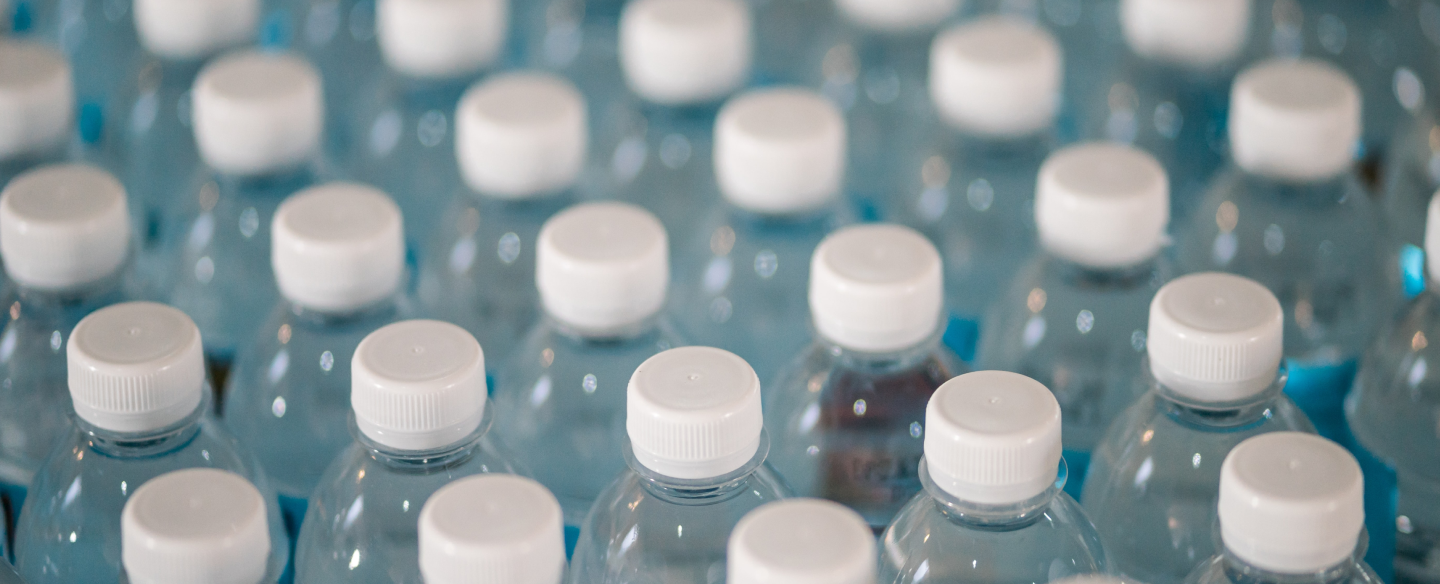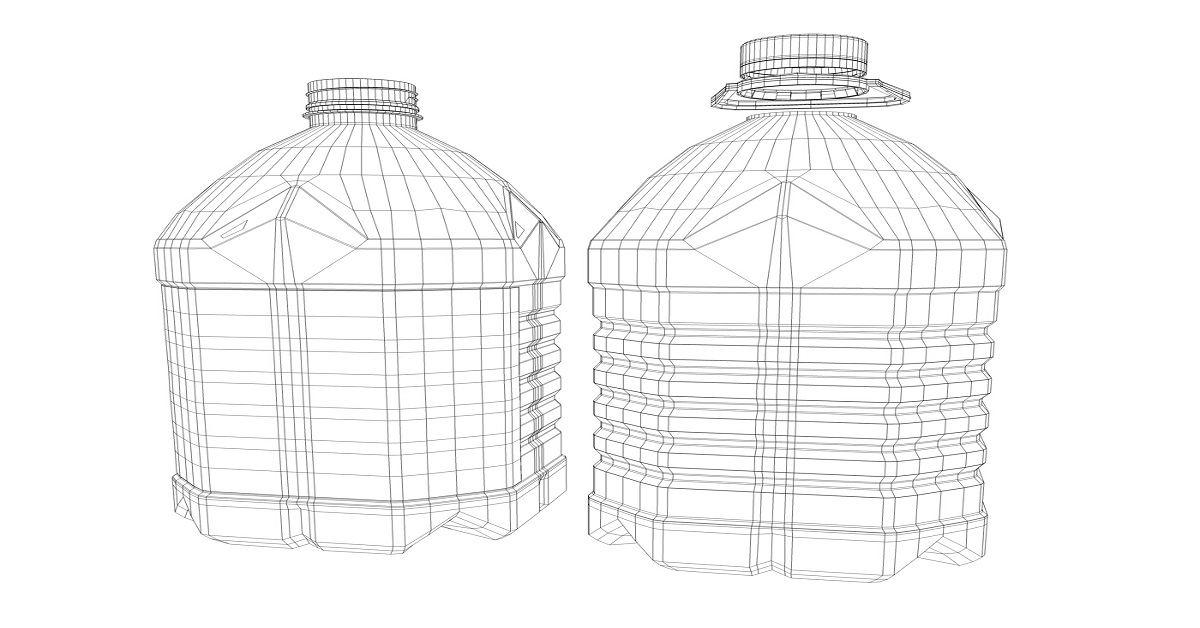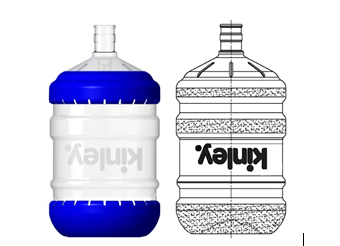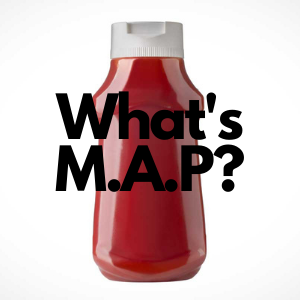
Can packaging contain food wastage at retail?
Published:May 4, 2023
- Introduce serve size, small packaging
- Choose the right product packaging mix
- Opt for bio-degradable thin wall containers
- Encourage reusable packaging
Featured Articles

Communication
Innovation
Manjushree | Restorative Design Engineering Approach
Today’s highly competitive consumer goods industry has high demands from packaging. They expect their packaging to deliver filling differentiation, cost reduction, and increasingly aggressive sustainability targets. Brand Owners and Retailers...
May 11, 2023
Read more

Branding
Featured
Innovation
Sustainability
Manjushree | Design thinking for plastic waste reduction
Plastic is a universal material, mass used across applications. In India packaging accounts for one third of the total plastic consumption. Despite its wide application and numerous perks, plastic has...
May 4, 2023
Read more

Innovation
All About Modified Atmosphere Packaging (M.A.P)
The shelf life of a food product is defined as the period during which the product is considered acceptable for human consumption. The sensory characteristics of a food or beverage...
April 13, 2023
Read more
Do you have a query?
Lets Talk
+91 80 4343 6200
info@manjushreeindia.com